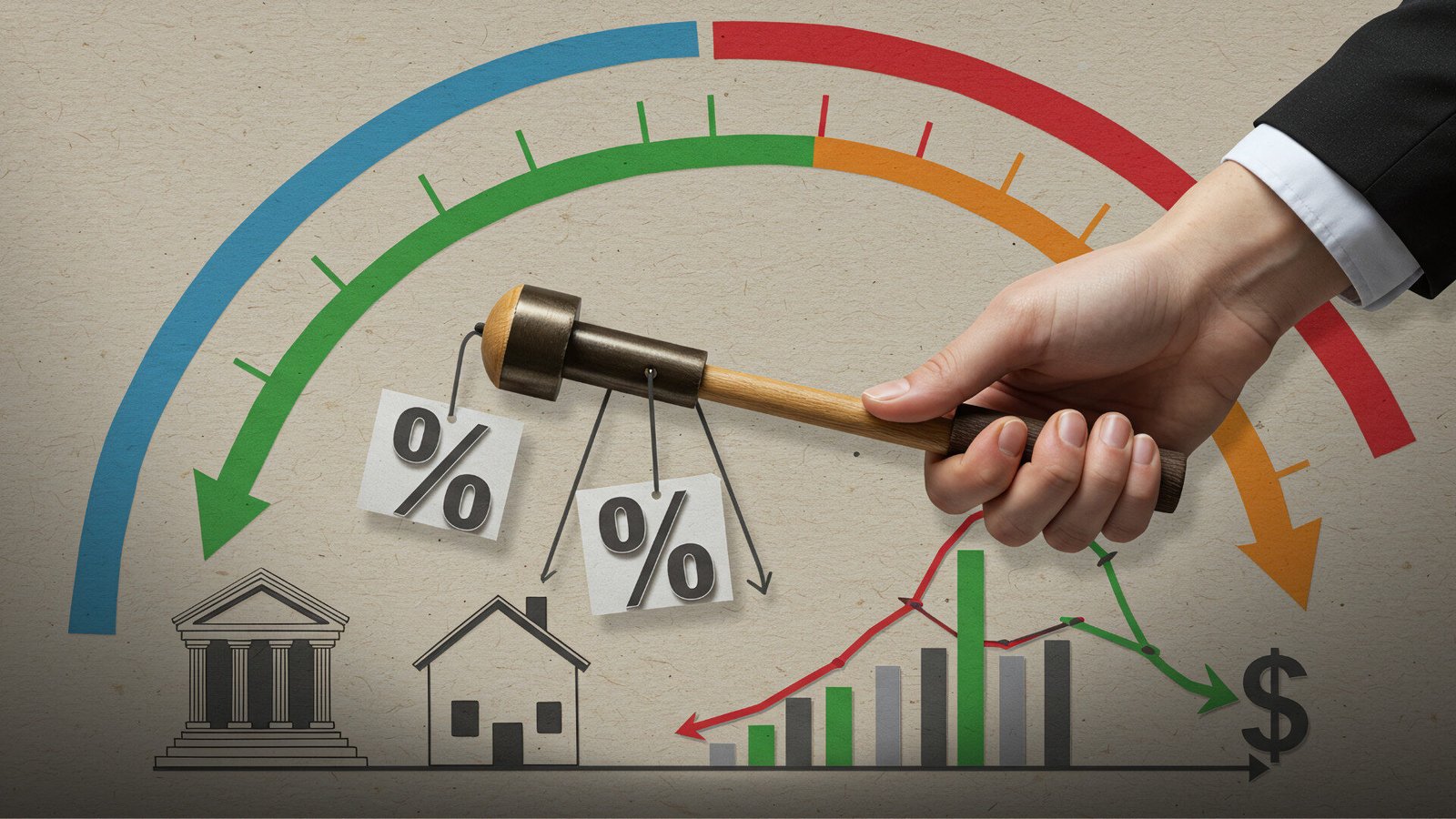By Moaaz Manzoor
A calm confidence marked Pakistan’s currency market in October 2025. The Pakistan rupee stability 2025 gave investors a sense of relief as the currency moved only slightly against major global currencies. Strong foreign inflows, controlled exchange management, and steady economic signals helped the rupee hold its ground.
Rupee Maintains Steady Pace Against Dollar
According to the State Bank of Pakistan (SBP), the rupee began October at Rs281.07 (buying) and Rs281.50 (selling) against the US dollar. By October 7, it edged to Rs280.97 and Rs281.40, held nearly unchanged mid-month, and ended the month at Rs280.69 and Rs281.12 — showing how stable the market remained despite regional pressures.
Mixed Movement Against Euro and Pound
The rupee showed mixed movement against the euro. It opened at Rs330.49 and Rs331.00, strengthened early in the month, then slipped to Rs325.12 and Rs325.64 mid-October. It briefly rebounded before closing weaker at Rs324.68 and Rs325.19. The British pound also saw ups and downs — starting near Rs378.42, dropping mid-month, and closing lower at Rs369.03 and Rs369.62.
Other Major Currencies Remain Calm
Other currencies stayed relatively calm. The Saudi riyal moved within a narrow band, starting between Rs74.94 and Rs75.05, and ending slightly lower. The Japanese yen slipped from Rs1.90 to Rs1.82, while the Chinese yuan remained almost unchanged through the month.
Experts Credit Tight Controls and IMF Confidence
Speaking to this reporter, Syed Zafar Abbas, Manager at Zahid Latif Khan Securities, said the rupee’s slow and steady appreciation reflected tighter monitoring by the government and the Special Investment Facilitation Council (SIFC).
“Foreign currency flow, especially in dollars, is being carefully managed to stop speculation and support real economic activity,” he noted, adding that around USD 20 billion had been absorbed from the market in recent years to strengthen reserves.
Muhammad Bilal Ejaz, Research Analyst at Ismail Iqbal Securities, said October’s stability was supported by steady interest rates and an improving current account.
“The current account recorded a USD 110 million surplus in September 2025, compared to a USD 325 million deficit a year earlier,” he said. “That brought the total three-month FY26 deficit to USD 594 million.”
Economic Indicators Point to Cautious Optimism
Other economic indicators also gave a balanced picture. The Pakistan Bureau of Statistics reported a USD 3.3 billion trade deficit in September 2025, with exports at USD 2.5 billion and imports at USD 5.8 billion, taking the first-quarter FY26 deficit to USD 9.4 billion.
The economy grew 3.04 percent in FY25, while public debt fell 1 percent month-on-month to PKR 77.5 trillion in August. Remittances rose 11 percent year-on-year to USD 3.18 billion in September, lifting total inflows for the first quarter to USD 9.6 billion. Meanwhile, inflation climbed to 5.6 percent, up from 3 percent in August.
Stable Policy Coordination Keeps Market Balanced
Adding to the optimism, Pakistan’s staff-level agreement with the IMF under the USD 7 billion Extended Fund Facility (EFF) and the USD 1.3 billion Resilience and Sustainability Facility (RSF) improved investor confidence. The Real Effective Exchange Rate (REER) also strengthened to 101.73 in September, up from 100.09 in August.
Analysts said October’s stable rupee reflected better policy coordination, stronger foreign reserves, and disciplined currency management. They expect the rupee to stay steady heading into November 2025, signaling that Pakistan’s financial markets may finally be finding their balance.
Author Profile
-
Moaaz Manzoor is a business correspondent who meticulously tracks Pakistan’s crucial but neglected natural resource industries.
He specializes in exposing inefficiencies and charting the course of modernization, highlighting how efforts to mechanize mining have dramatically cut marble and granite wastage, driving a recovery and attracting vital investment.





